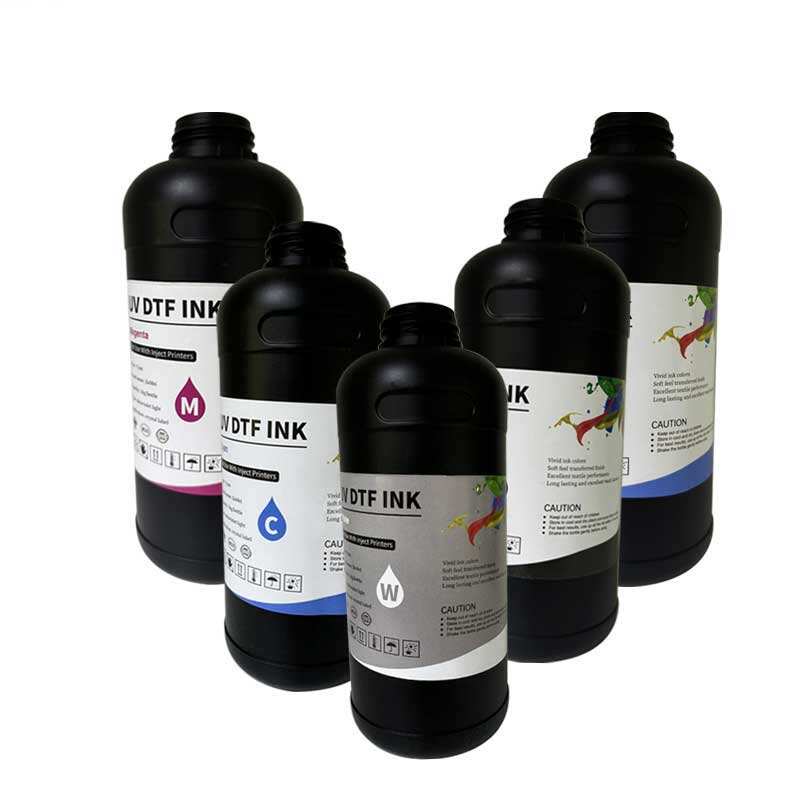silk screen exposure unit
A silk screen exposure unit is a sophisticated piece of equipment essential for professional screen printing operations. This specialized device uses high-intensity UV light to transfer designs onto emulsion-coated screens, creating precise stencils for printing. The unit typically consists of a light-tight chamber housing powerful UV lamps, a vacuum system to ensure tight contact between the film positive and screen, and a programmable timer for accurate exposure control. Modern silk screen exposure units incorporate advanced features such as digital control panels, multiple exposure programs, and integrated cooling systems to maintain optimal operating temperatures. The unit's design allows for consistent, high-quality screen production by evenly distributing light across the entire surface area, eliminating common issues like under-exposure or hot spots. These units accommodate various screen sizes and can handle both simple single-color designs and complex multi-color projects. The technology employed ensures sharp edge definition and fine detail reproduction, making it suitable for applications ranging from textile printing to electronics manufacturing. Professional-grade units often include features like instant-start ballasts, which eliminate warm-up time and provide more consistent light output throughout the exposure process.


